The Luxembourg flag symbolizes national cohesion, capturing the essence of the Grand Duchy with its elegant and straightforward design. It represents the nation’s cultural richness and historical depth and reflects its forward-looking ambitions.
Flag of Luxembourg
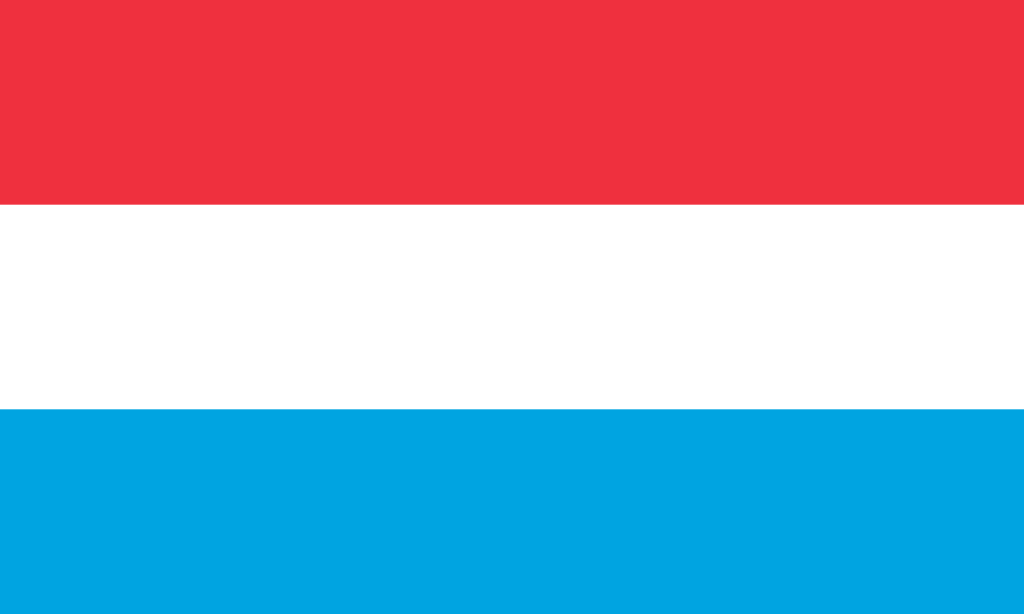
The flag of Luxembourg is characterized by a distinct and straightforward design featuring three horizontal stripes. This tricolor flag is notable for its clean, uncluttered appearance, which has become a universally recognized symbol of Luxembourg.
Luxembourg’s flag is a symbol that resonates deeply with its people, encapsulating the country’s harmonious blend of tradition and modernity. This emblem is a visual ode to Luxembourg’s distinctive character and path through history, marking its place on both the European stage and the wider world.
Flag of Luxembourg: Color Palette
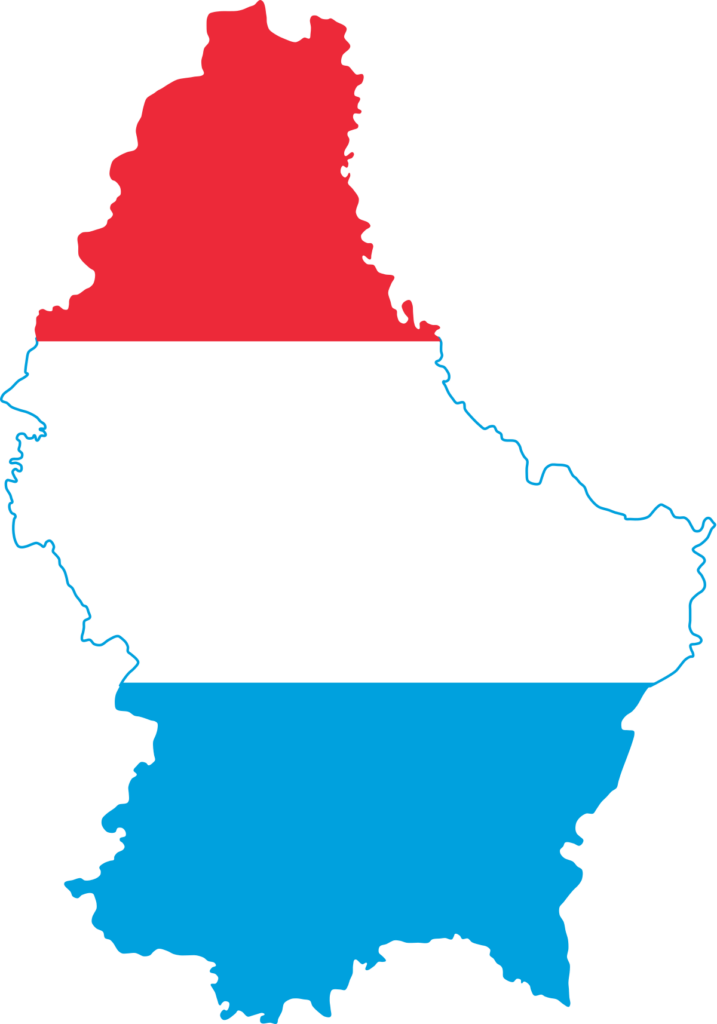
Luxembourg Flag Emoji: 🇱🇺
The color palette of Luxembourg’s flag is a harmonious and symbolic combination of red, white, and light blue. While simple in its composition, this tricolor arrangement carries a depth of meaning and reflects the nation’s historical influences and values.
Each color contributes to the flag’s overall aesthetic, creating a visual representation that is both distinct and meaningful.
Meaning of Each Color
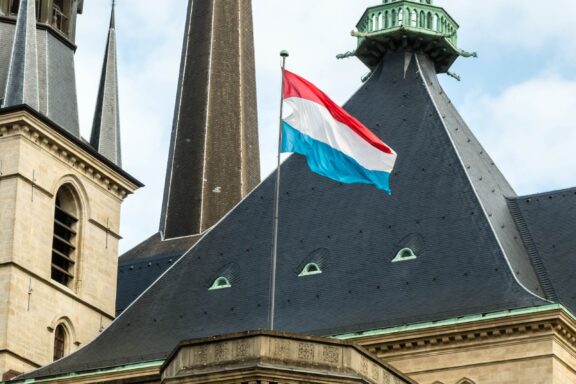
Red
The red stripe in Luxembourg’s flag represents the blood shed in wars. Historically associated with bravery and strength, this color reflects Luxembourg’s resilience and the sacrifices made throughout its history.
The red stripe serves as a poignant reminder of the nation’s struggles and triumphs, embodying a spirit of courage and determination.
White
The white stripe symbolizes peace. It represents Luxembourg’s enduring desire for harmony and tranquility and its relations with other nations. This color, often linked with purity and unity, also signifies the nation’s commitment to maintaining a peaceful and stable society.
Light Blue
The light blue stripe references France, indicating the historical and cultural ties between Luxembourg and its neighbor. This color, often associated with freedom and the sky, reflects Luxembourg’s aspirations for liberty and openness to the broader world.
The light blue stripe adds depth to the flag, symbolizing Luxembourg’s expansive outlook and place within the broader European context.
Coat of Arms of Luxembourg

Luxembourg’s national coat of arms has its roots in the Middle Ages, derived explicitly from the Duchy of Limburg. It is composed of:
- Two crowned lions support a blue and white striped shield. The shield itself depicts a third lion, this one red and rampant.
- A royal mantling with a heraldic royal crown surrounds the coat of arms.
This emblematic design speaks to Luxembourg’s historical lineage and status as a Grand Duchy. The lions, traditional symbols of power and sovereignty, reflect the nation’s regal past and status within the European nobility.
The shield’s stripes and the central lion are evocative of the Grand Duchy’s heraldic history, tying Luxembourg’s present character to its rich and storied past.
These symbols collectively represent Luxembourg’s enduring legacy, cultural heritage, and sovereign status within the European community.
Historical Evolution and the Meaning Behind Changes
The flag of Luxembourg has a history deeply intertwined with the country’s journey towards self-definition and independence. Its inception during the Belgian Revolution in 1830 marked the first emergence of Luxembourg’s national colors.
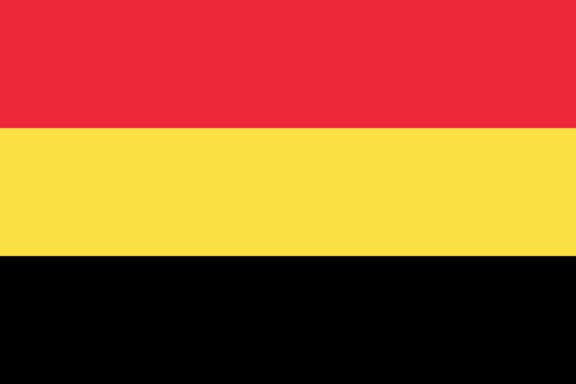
By 1848, the tricolor design was officially defined, reminiscent of the Netherlands’ flag but distinct in its lighter shade of blue. This design was not just a choice of aesthetics but also a reflection of the historical and cultural ties, drawing inspiration from the House of Luxembourg’s coat of arms.
Throughout history, the flag’s resemblance to the Netherlands’ flag has sparked debate and discussions about national identity. The issue came to the forefront in 2006 with a proposal to adopt the red lion ensign as the national flag, aiming to distinguish Luxembourg’s identity further.
This evolution of Luxembourg’s flag is a narrative of a nation’s path from external influences to forging its distinct symbol, a journey reflective of its quest for identity and standing as an independent nation.
Overall Symbolic Meaning of the Flag
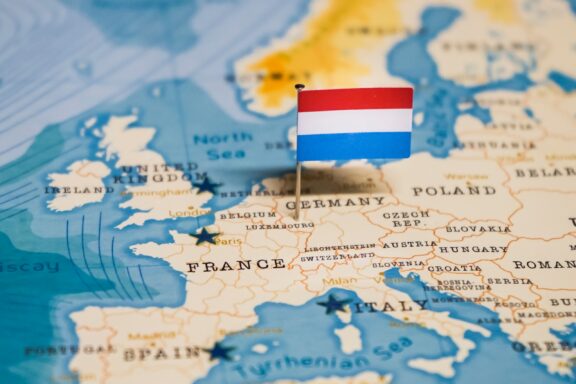
The flag of Luxembourg symbolizes the nation’s unity and enduring essence. It represents a blend of Luxembourg’s historical legacy with its aspirations for the future, uniting citizens under a shared identity. The flag embodies the country’s cultural richness and commitment to progress, embodying Luxembourg’s collective journey and values.
Similar Flags to the Flag of Luxembourg
Luxembourg’s flag shares design elements with several other countries, reflecting its interconnected European heritage.
Netherlands
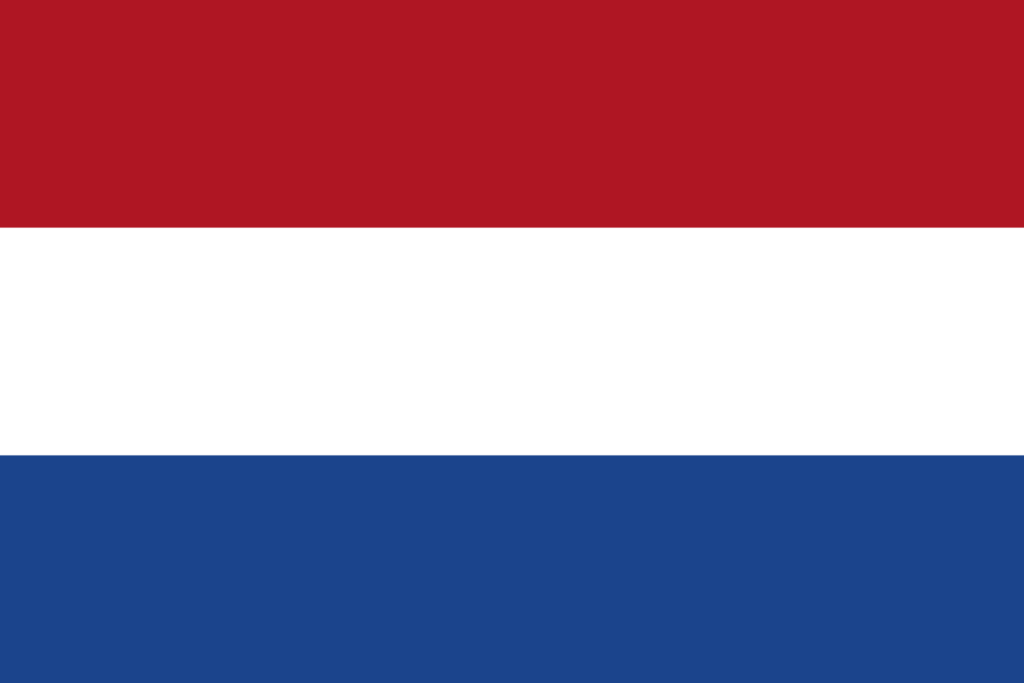
The most obvious resemblance is with the flag of the Netherlands. Both flags share a tricolor design of horizontal stripes. The similarity arises due to historical and cultural connections in the region. However, Luxembourg’s flag is distinguished by its lighter shade of blue.
France
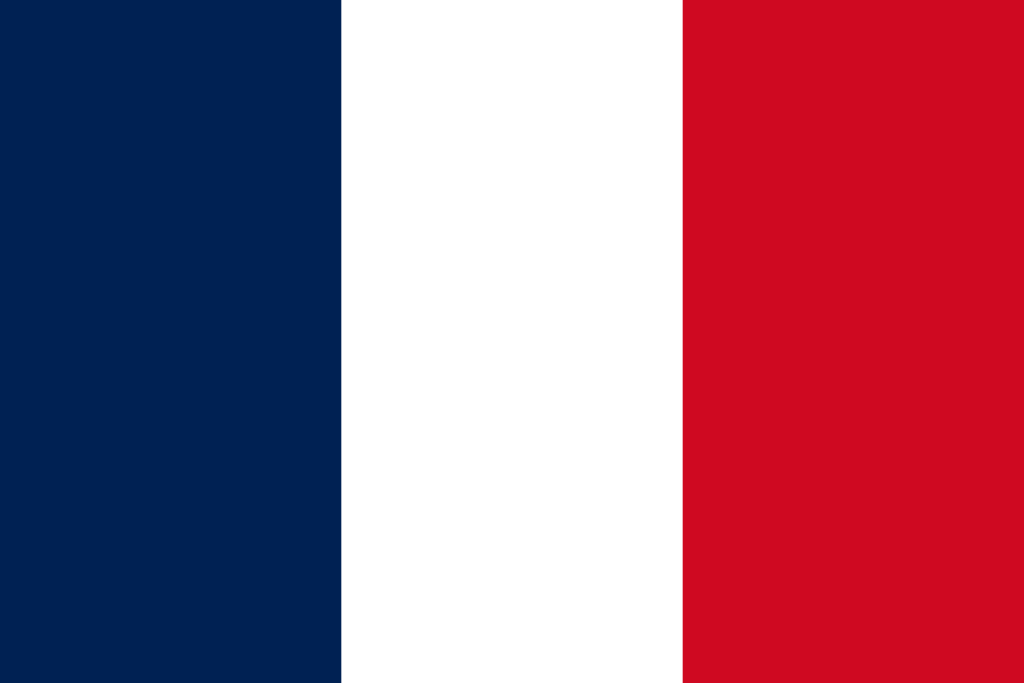
Luxembourg’s flag also resembles the flag of France, with both flags featuring the same set of colors arranged in horizontal stripes.
This similarity reflects the historical influence of France on Luxembourg, especially considering that Luxembourg’s flag was inspired by the French Revolution’s ideals of freedom.
Russia
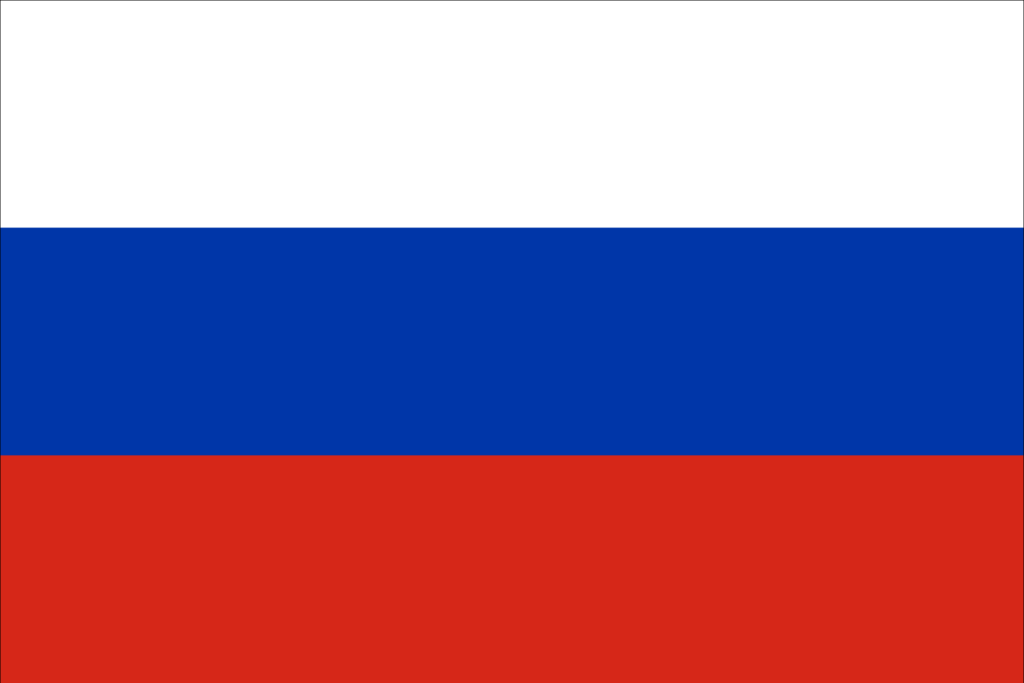
At a glance, Luxembourg’s flag resembles Russia’s flag due to the tricolor design. However, the order and symbolism of the colors differ significantly, reflecting the two nations’ distinct cultural and historical backgrounds.
Final Thoughts
Luxembourg’s flag symbolizes its rich history and values, resonating with citizens as a source of national pride. It stands distinct in the global flags community, reflecting the nation’s unique identity and enduring spirit.
Image Sources and Copyright Information
- Luxembourg Flag on Cathedral Roof: © Photelling Images/Shutterstock
- Flag of Luxembourg on a Map: © hyotographics/Shutterstock